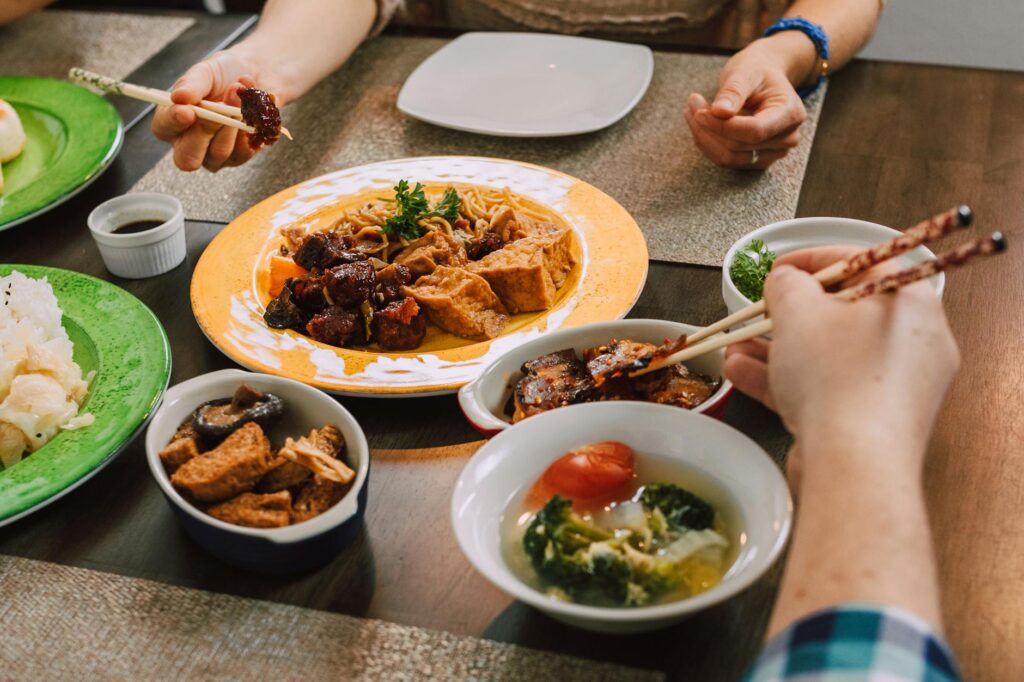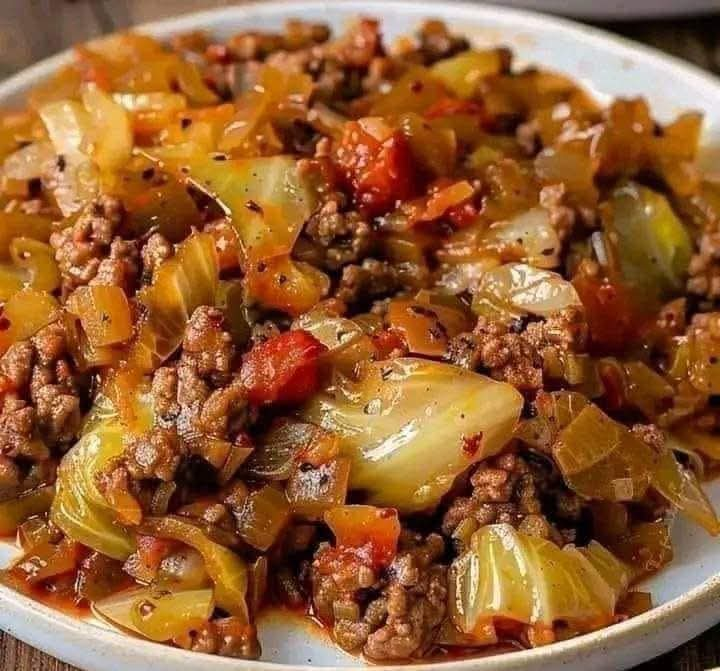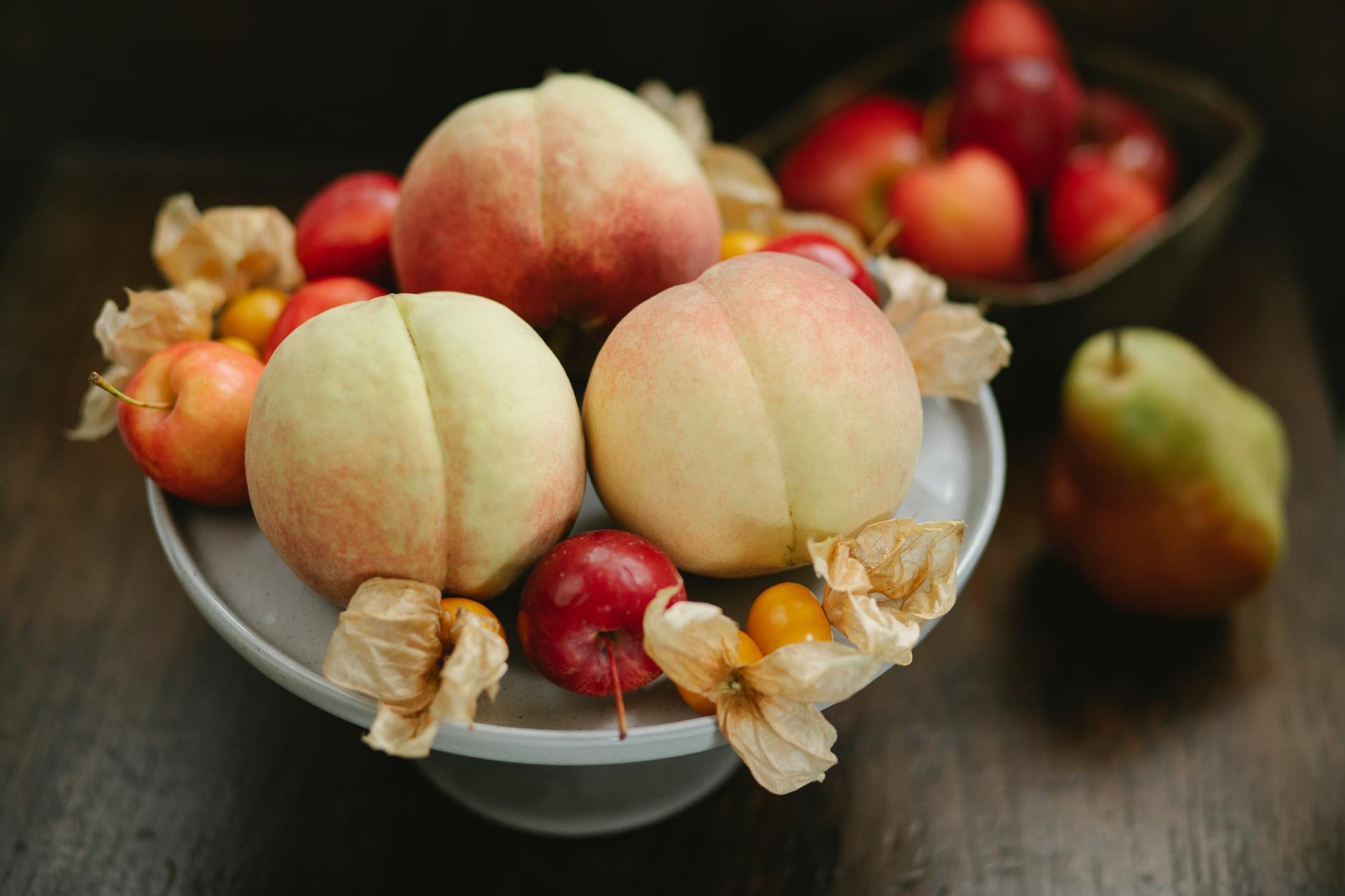Acquacotta, literally translating to “cooked water,” is a deceptively simple yet deeply flavorful Tuscan soup. This peasant dish, born from necessity and resourcefulness, showcases the best of seasonal vegetables and humble ingredients. Its comforting broth and hearty vegetables make it a perfect meal for a chilly evening or a light lunch. Let’s dive into the magic of this Tuscan treasure!
A Taste of Tuscany: The History of Acquacotta
The origins of Acquacotta are rooted in the rural Tuscan countryside. In times past, it was a way to utilize leftover bread and seasonal vegetables, transforming simple ingredients into a nourishing and delicious meal. Its rustic charm and adaptability make it a true reflection of Tuscan culinary traditions. Many variations exist depending on the season and the cook’s creativity. The key is to let the flavors meld and deepen throughout the cooking process. You’ll find that the longer it simmers, the richer it becomes. 
Ingredients and Preparation: A Simple Recipe
The beauty of Acquacotta lies in its simplicity. The base typically consists of stale bread, water or broth, and a medley of seasonal vegetables. Common additions include tomatoes, onions, carrots, celery, and greens such as kale or spinach. Herbs like basil, rosemary, and parsley add depth and freshness. One important aspect is using good quality extra virgin olive oil. Consider exploring different types of bread – a crusty Tuscan bread works wonderfully. For a detailed, step-by-step recipe, check out this helpful guide: The Food Network’s Acquacotta Recipe. 
Variations and Adaptations: Beyond the Basics
While the core ingredients remain consistent, Acquacotta allows for significant creativity. Adding beans, lentils, or even chickpeas can increase the protein and heartiness of the soup. Experiment with different vegetables based on availability and preference. Some cooks incorporate pancetta or sausage for a richer, more savory broth. Don’t be afraid to try incorporating different types of cheese, like Pecorino Romano, as a garnish. Consider consulting this blog post about regional variations in Tuscan cooking for more ideas. You can also easily adapt this to be a vegetarian or vegan dish by simply omitting the meat components.
Serving and Enjoying Your Acquacotta
Traditionally, Acquacotta is served in rustic bowls, often with a drizzle of good olive oil and a sprinkle of freshly grated cheese. Its simple elegance makes it suitable for both casual weeknight dinners and special occasions. A crusty bread, perfect for sopping up the flavorful broth, is a must-have accompaniment. For pairing suggestions, check out this wine pairing guide. The dish pairs beautifully with many simple side dishes, too, allowing you to add a hearty grain or salad without overwhelming the flavors of the Acquacotta itself. [IMAGE_3_HERE]
Acquacotta is more than just a soup; it’s a culinary journey through the heart of Tuscany. Its humble origins and adaptable nature make it a dish that can be enjoyed by everyone. From the simple pleasure of its warming broth to the satisfying crunch of the vegetables, every spoonful tells a story. Try your hand at this rustic recipe and discover the magic for yourself! See our recipe for Tuscan White Bean Soup for a similar satisfying meal.
Frequently Asked Questions
What kind of bread is best for Acquacotta? Crusty Tuscan bread is ideal, but any day-old bread will work.
Can I make this soup ahead of time? Yes! In fact, the flavors deepen over time, making it even better the next day.
Can I add different vegetables? Absolutely! Use whatever seasonal vegetables you have on hand.
Is this soup spicy? No, it’s not spicy; it has a mild, savory flavor.
What kind of cheese is best as a garnish? Pecorino Romano or Parmigiano-Reggiano are excellent choices. For a vegan option, consider nutritional yeast! Here is a great article discussing vegan cheese options!


